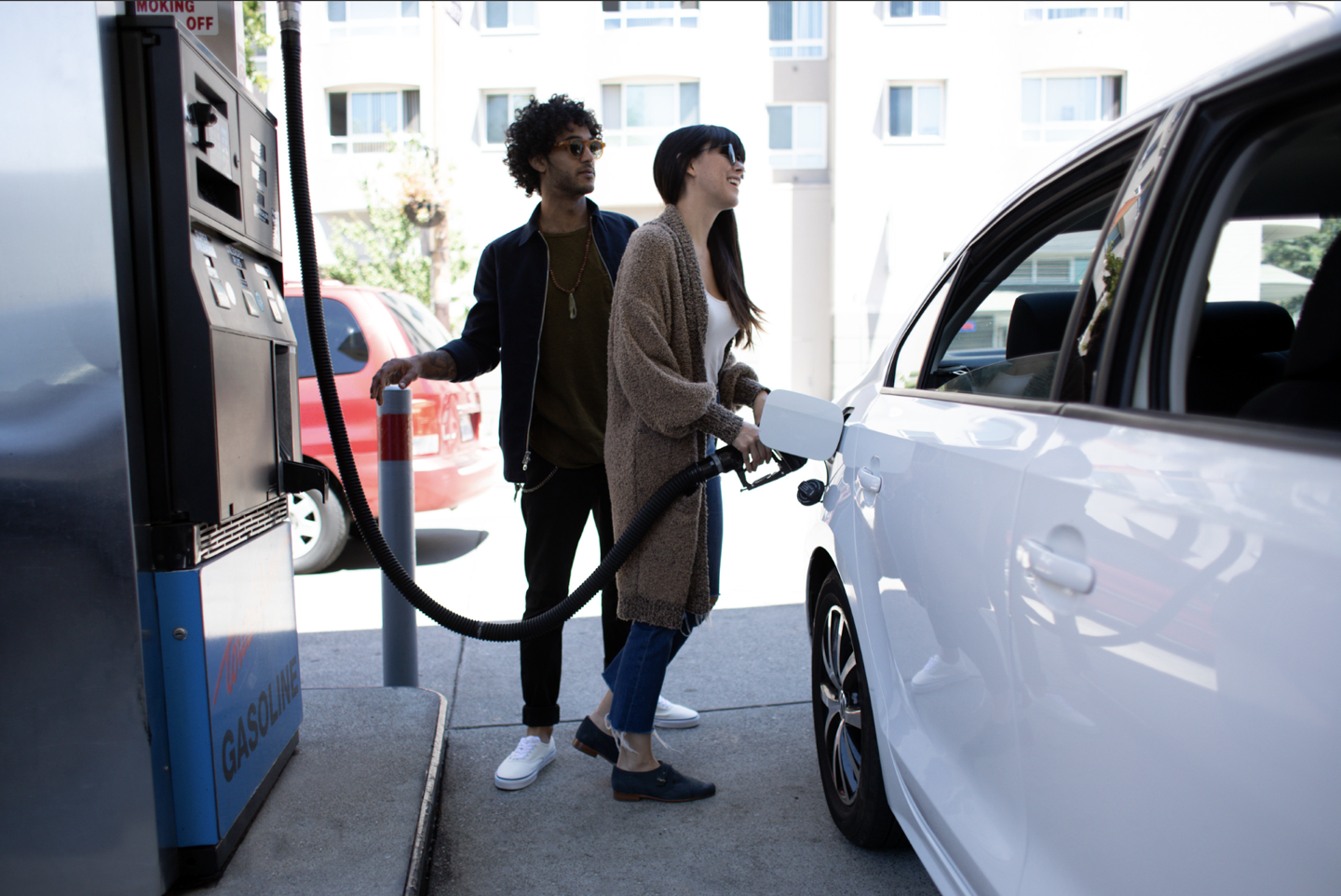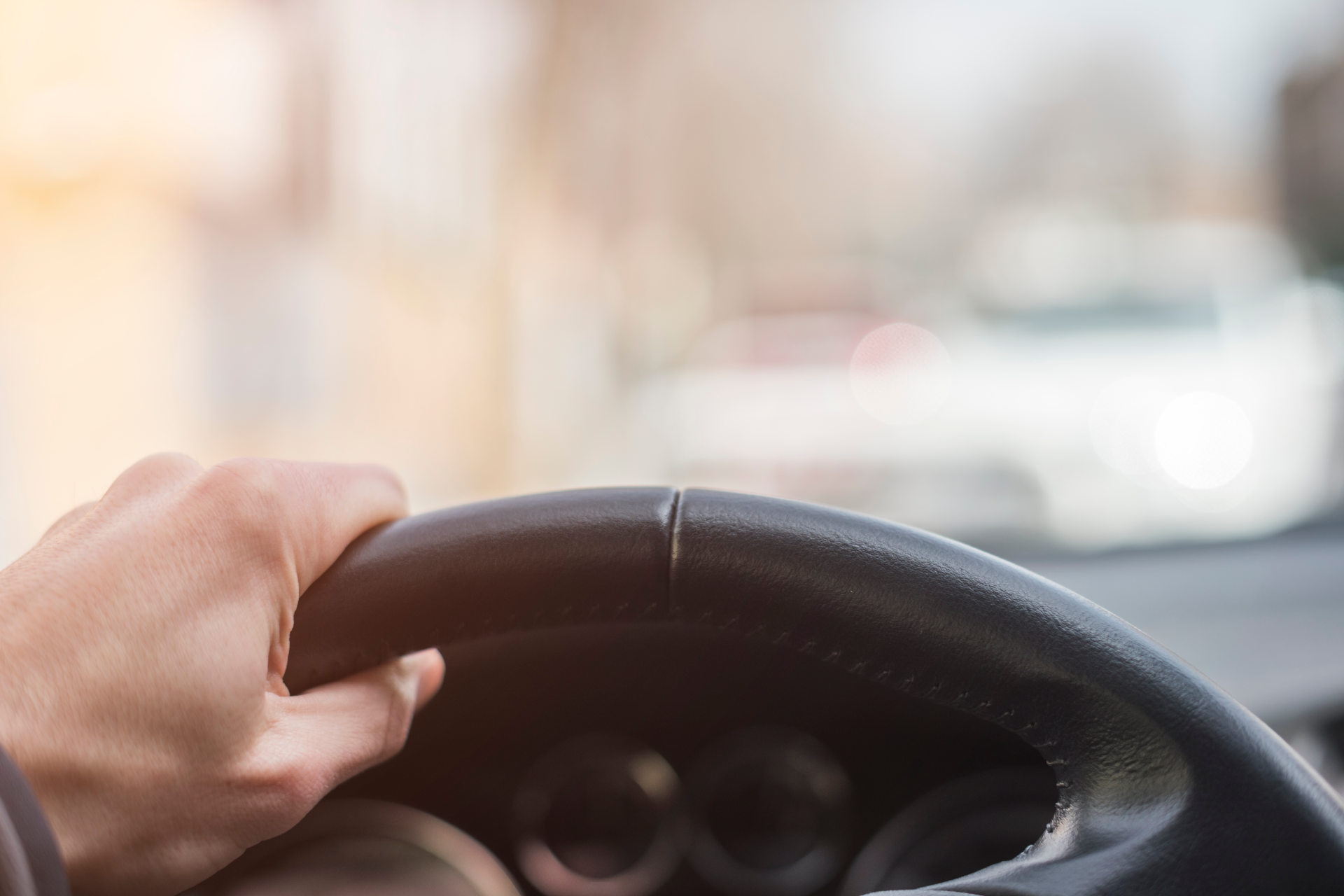The different types of car insurance coverage
January 19, 2023
When it comes to car insurance, choosing the right policy coverages can feel more complicated than simple—especially when there are so many options that work for different scenarios. Let’s go through a few different types of coverages that you may find as options to include on a car insurance policy, depending on the state you live in.
1. Liability
Simply put, Liability coverage on a car insurance policy is a type of coverage that helps pay for injuries or damage to the property of others that you are legally responsible for. In most states, Liability is required for those who own and drive a car.
Here’s an example of
Liability coverage put to use: You’re driving in a local neighborhood and run a stop sign. Within a second you hit someone’s car, causing injuries to the other driver and damage to their vehicle.Depending on the coverage limits on your policy, Liability would help pay for those injuries and the damage to the other driver’s vehicle—not your own.
Liability coverage doesn’t apply in these situations:
Damage to your car
Paying for a rental car if you can’t drive your car after an accident
Covers shortfalls from uninsured or underinsured drivers
Roadside assistance
2. Comprehensive
Comprehensive insurance is a type of coverage that protects you from damage during an incident that does not involve a collision (being hit by or crashing into another vehicle).
Comprehensive coverage can apply in a variety of scenarios—depending on where you live and who you have a car insurance policy with. However, the most common claims filed under Comprehensive coverage are:
Fire
Total or partial theft
Flood
Comprehensive may also help cover the cost of a broken or chipped windshield. However, we strongly recommend that when it comes to any type of coverage on your car insurance policy, you speak with your insurer to determine what specific scenarios Comprehensive would cover.
One last note on Comprehensive car insurance coverage. This coverage is often met with a deductible, meaning, when you add the coverage to your policy, you will also select a deductible amount. This is the amount of money you’re responsible for paying at the time of a claim. Once your deductible is met and paid, your insurer will help cover the remaining cost of damage and/or repairs.
Here’s how you might see this coverage apply in a real-world scenario:
As you are embarking on your road trip through the gorgeous mountains of Arizona, your car is suddenly greeted by a deer, which has jumped into traffic, and left you and the deer in a less than ideal condition.
Since you have Comprehensive coverage, after filing a claim with your insurer and paying your $500 deductible, your car is in the shop and ready for repairs (which are now covered by your insurance).
3. Collision
Collision is a type of car insurance coverage that helps in scenarios that are true to its name: car collisions. This car insurance coverage (Collision) is a loss that is caused by hitting or being hit by another car, as well as hitting an inanimate object like a tree, house or pole.
Here’s how it looks:
You have a car insurance policy with Collision coverage. If you’re in an accident, whether it’s caused by you or not, this coverage would help cover the damages to your vehicle. And like Comprehensive, you’ll have a deductible (selected when you first purchased the policy) that you’re required to pay before your car insurance covers the remaining costs.
4-5. Uninsured and Underinsured Motorist
Nearly one in eight drivers were reported as uninsured in 2019, according to an Insurance Research Council (IRC) study. With that many folks on the road driving without insurance, it’s important to know which policy coverages can help you in the event of an someone without or not enough car insurance. That’s where Uninsured or Underinsured Motorist and Uninsured Motorist Property Damage come into the picture.
Uninsured Motorist coverage can help pay for your medical and related expenses that were caused from an accident with an uninsured driver. In some states, Uninsured Motorist Property Damage coverage may be available for you to add to a policy and can help cover damage to your vehicle, if it's involved in an accident with an uninsured driver.
Underinsured Motorist coverage may help cover the shortfall in instances where the at-fault driver's insurance policy doesn’t cover the full extent of medical and related expenses. The at-fault driver's insurance policy pays for damages up to their policy limits and your Underinsured Motorist coverage may provide coverage for damages beyond those policy limits up to your Underinsured Motorist Limits.
6. Personal Injury Protection (PIP)
The last coverage that is commonly found on a car insurance policy is Personal Injury Protection (PIP). This coverage is only available in certain states, but it’s applied to claims that involve injuries after an accident. It helps pay for the treatment of injuries to the driver and passengers of the individual with the policy. PIP can cover medical payments, lost wages and other costs as identified by the insurance company.
Types of car insurance coverages summarized
There’s quite a bit we just threw your way in this article, but all necessary information that can help you make a clear and informed decision when it comes to which types of car insurance coverages you could have on a policy.
Our biggest takeaway: talk with your car insurer about the available coverages and policy requirements that are specific to your state. Car insurance isn’t a one-size-fits-all approach, so don’t be afraid to ask questions.
If you’re a local Arizona or Rhode Island resident, let HiRoad answer some of your more pressing questions about car insurance. From coverage options to how to save on your monthly insurance bill—let’s chat.
The information in this article was obtained from various sources not associated with HiRoad®. While we believe it to be reliable and accurate, we do not warrant the accuracy or reliability of the information. HiRoad is not responsible for, and does not endorse or approve, either implicitly or explicitly, the content of any third party sites that might be hyperlinked from this page. The information is not intended to replace manuals, instructions or information provided by a manufacturer or the advice of a qualified professional, or to affect coverage under any applicable insurance policy. These suggestions are not a complete list of every loss control measure. HiRoad makes no guarantees of results from use of this information.Stay on the path
Get HiRoad in your inbox
Share your email to get the latest about our community of mindful drivers.



